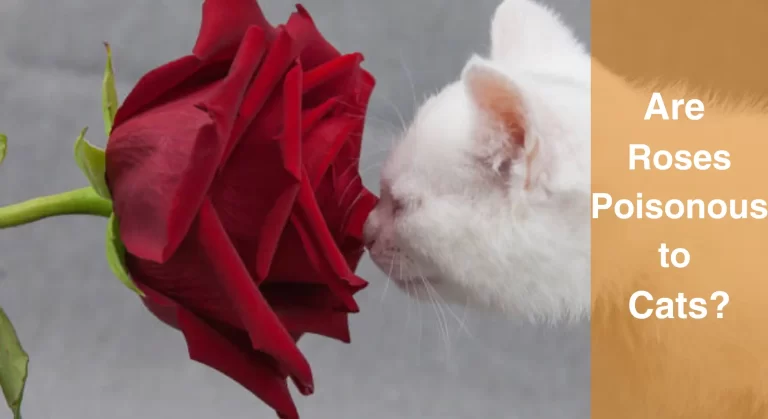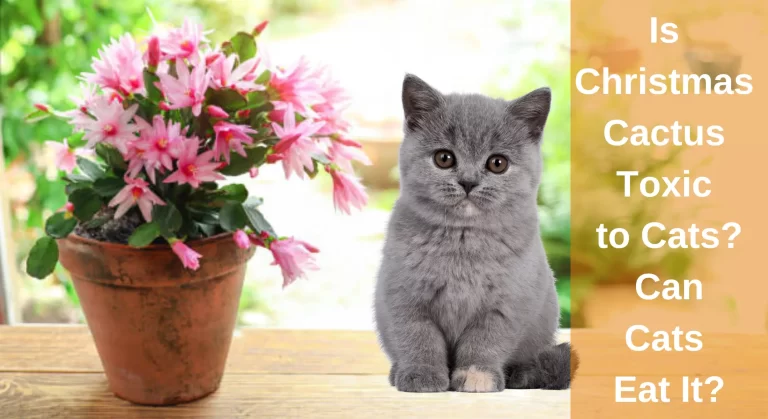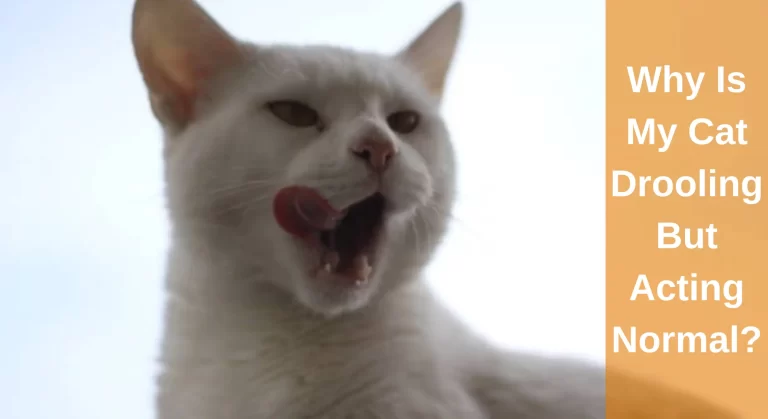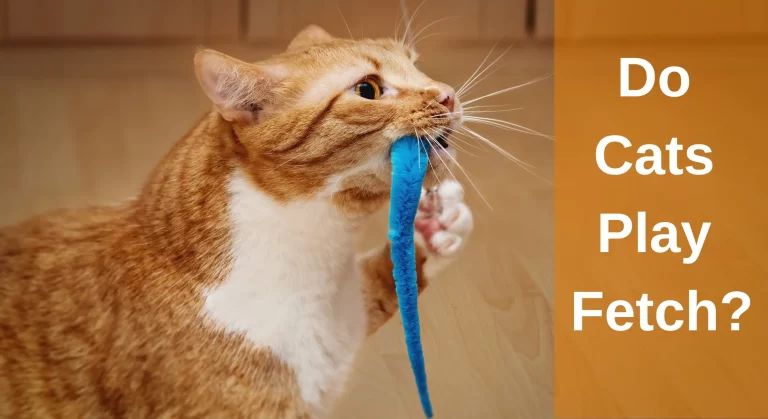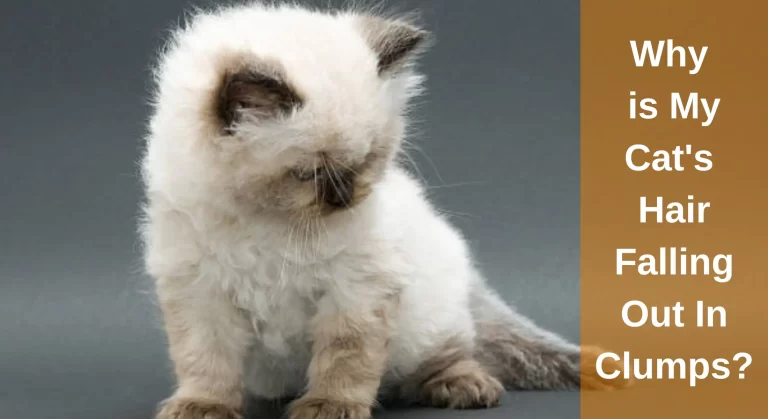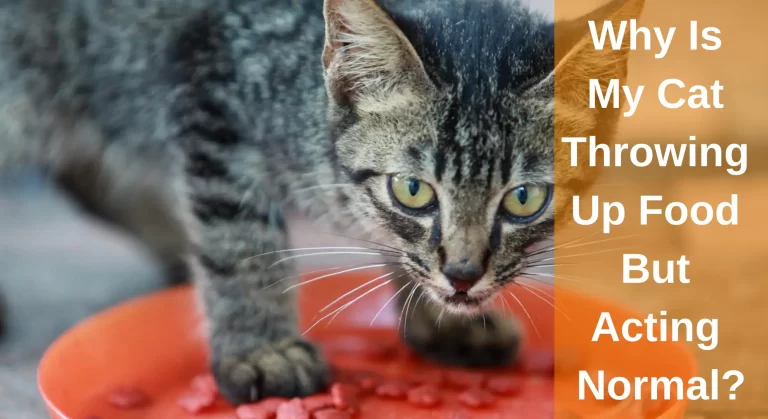Causes of Cat Dandruff And Prevention – A Guide to Dandruff in Cats
Although your feline friend may frequently look indifferent, cats are really susceptible to ailments that also affect humans. One of them is dandruff, which manifests itself on your cat’s skin as observable white flakes and often happens when the cat’s fur is matted or unclean. In addition to being unsightly, cat dandruff can irritate your cat’s skin and cause discomfort and irritation.
Knowing why the problem started in the first place is usually helpful when identifying the origin of this skin problem in your cat.
This condition affects cats for a variety of reasons, and there are a variety of therapies available. Of course, before attempting any self-help methods to cure your cat’s dandruff, you should see a veterinarian.
Skin cells age shed, and are continuously replaced by new, healthy ones. Your cat will typically groom itself to maintain its fur tidy and dandruff-free. If your cat has a lot of dandruff, they could be unable to groom themselves adequately or they can have a skin condition. A little bit of dandruff may be typical.
By reading on, you can learn more about the reasons and potential remedies for cat dandruff.
Cat Dandruff: Is It Common?
In actuality, cat dandruff may be widespread. A number of disorders can all be indicators of dandruff. A small amount of cat dandruff is average; an excessive amount is a sign of inadequate care and skin conditions. Usually, the quantity distinguishes between cat dandruff that is typical and that is cause for concern.
It’s important to understand that cat dander and dandruff are two distinct conditions. Dander and dandruff are two words for cats’ normal skin shedding and extreme skin flaking, respectively.
What Does Feline Dandruff Look Like?
In medicine, the dead skin cells that frequently slough from a cat’s body are called “dandruff.” According to Royal Canin, cat dandruff appears as white flakes. Frequently, severe irritation and even hair loss accompany dandruff. Owners’ clothing or mattresses may also become covered in white flakes.
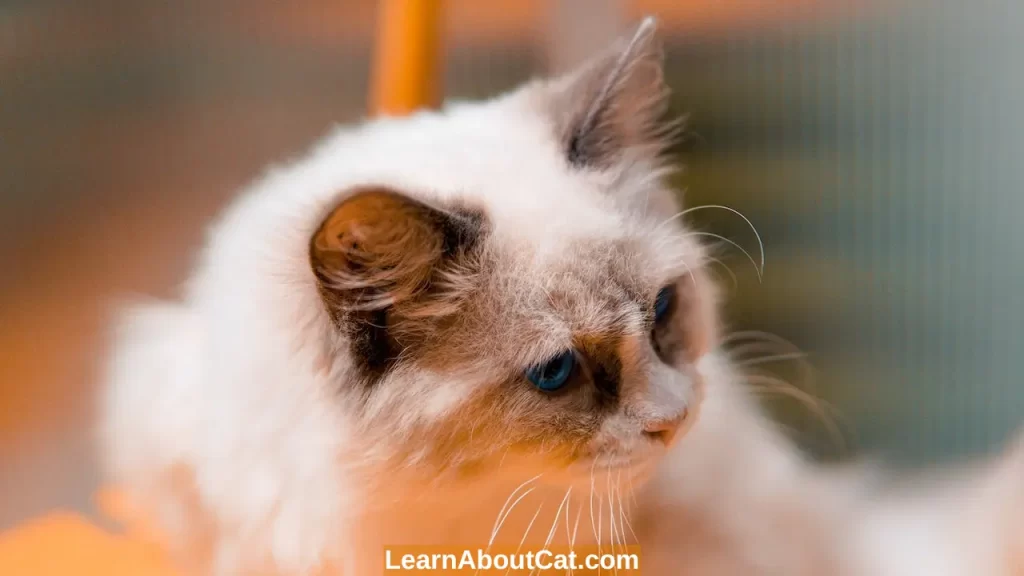
Causes of Cat Dandruff
The causes of cat dandruff can range from something as simple as a cat’s refusal to groom itself to something more serious like a skin ailment. Vacuum the area completely after allowing the baking soda to settle for 15 to 30 minutes.
1. Poor Grooming
The skill with which cats can groom themselves is well known. In other words, if a cat stops grooming, it definitely hurts. Poor grooming is common in overweight cats, who find it difficult to move around and reach different parts of their bodies.
2. Low-Quality Diet:
A nutritious diet is essential for overall well-being. cats who eat poor-quality food that
3. Dehydration.
Cats with dandruff may be dehydrated. Cats that don’t receive enough water might develop dandruff and dry skin, which can potentially lead to other health problems. The weather may have an impact on cat dander.
4. Food Allergies
Unfortunately, allergies are a common issue that is difficult to diagnose and cure. A cat with food allergies will also have dry, itchy skin in addition to dandruff. Additionally, it can display signs of a stomach ache.
5. Hyperthyroidism
When the thyroid gland of the cat produces an excessive quantity of thyroid hormones, a hormonal imbalance known as hyperthyroidism results, in increased hunger, increased thirst, weight loss, frequent urination, urinating outside the litter box, vomiting, diarrhoea, and hyperactivity is further symptoms of hyperthyroidism in cats.
6. Seborrhea in Cats
When cats have seborrhea, a specific skin condition, their sebaceous glands produce an excessive amount of the feline’s typical, protective skin oils. Overproduction of skin oils causes excessive cell shedding, which causes dandruff. Cats with seborrheic odour will smell bad.
7. External Parasites
Several external parasites can cause dandruff in cats. Common ectoparasites include fleas, lice, and mites. These unpleasant tiny parasites are inconvenient and can cause a number of health problems. Fortunately, by employing preventative measures, they may be easily prevented (spot-on and collars).
Interesting Reading: Why My Cat Has Scabs on Its Neck But No Fleas?
8. Diseased Skin
Additionally, dandruff, severe skin dryness, and flaking are all signs of skin infections. Skin problems caused by bacteria, yeast, and fungi can affect cats. Ringworm is one of the most prevalent fungal illnesses. It causes bald, circular areas that are quite uncomfortable and are typically surrounded by dandruff.
Interesting Reading: Why Is My Cat Shedding So Much What Does it Mean And to Stop It?
How Can You Tell If Your Cat Has Dandruff?

The major symptoms of dandruff in cats are hair loss, flaking, and itchy skin patches. Let’s examine these indications in further detail:
- The most prevalent and obvious symptom of cat dandruff is flaky, dry skin.
- If a cat has black fur, the peeling skin will be more obvious. If your cat has thick hair, you will need to separate its coat in order to see the peeling skin.
- Red areas that are inflamed. Cats with dandruff-covered fur typically have patches of red, irritated skin. Along with being the primary reason for the cat’s dandruff, the cat’s frequent self-licking and scratching may also be the cause of skin irritation.
- Hair loss continual scratching, licking, and skin irritation can result in bald areas and hair loss.
How to Spot a Cat With a Dandruff Issue?
- Dandruff on your cat can be really noticeable if it has dark fur. The warning signs of dandruff indicated below should be kept an eye out for if your cat is white or extremely light-coloured.
- You could initially notice your cat scratching before you ever see dandruff.
- Cats want to scratch themselves frequently. But it will be quite clear if there is chronic itching present.
- If your cat has dandruff, you may notice a little change in behaviour. Your cat may be reluctant to engage in interactive play and display indications of moodiness and exhaustion. For instance, if a parasite like fleas is the cause of dandruff, your cat may feel fatigued and drained.
What is the Difference Between Cat Dandruff and Dander?
The words dander and dandruff sound and are defined quite similarly.
Therefore, it is understandable and rather typical that these two ideas are commonly misunderstood. Here is where things differ:
- Dandruff happens when your cat’s hair is excessively coated in dry, flaking skin. As their skin cells regenerate, cats naturally shed a healthy amount of dandruff, which is also dry skin. Dander naturally exudes from your cat as it is being groomed after mixing with saliva proteins.
- In contrast to dandruff, you won’t see dander on your cat. As a result, you may be certain that your cat has dandruff if you notice little white skin flakes on him or her.
How to Prevent Dandruff in Cats?
If you just so happened to stumble across this website, even if your cat does not now have or has never had a dandruff issue, this section may prove to be extremely beneficial to you in terms of avoiding it.
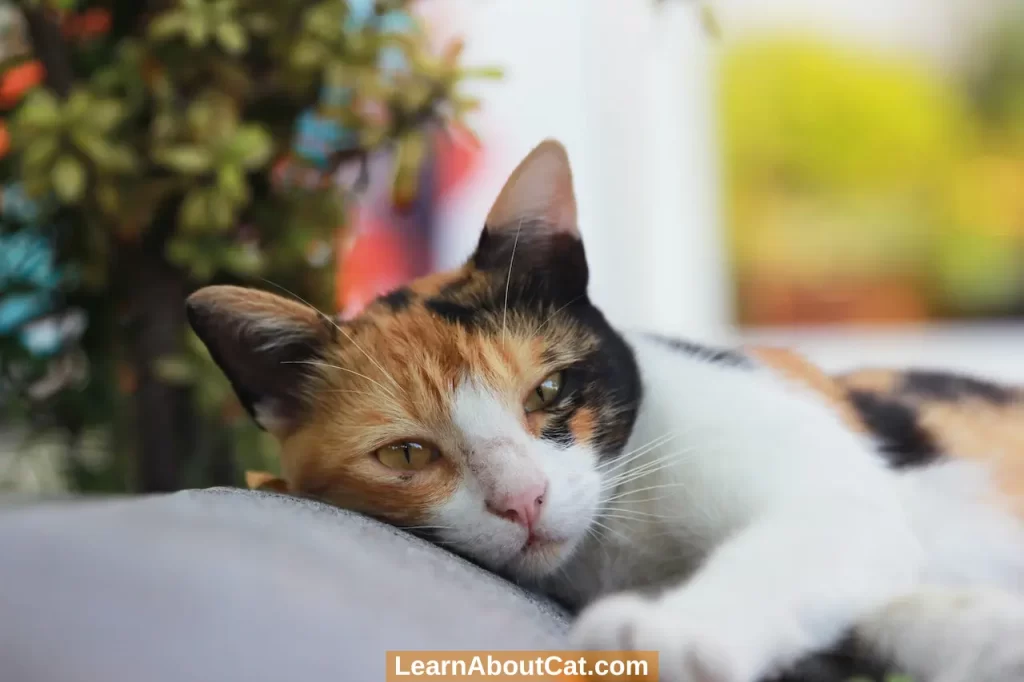
- Natural remedies, a nourishing, well-balanced diet and proper hydration are necessary.
- Continually keep up your cat’s grooming schedule
- Letting your cat handle its own personal hygiene is best.
- Pay attention to the psychology of your cat.
- Keep the environment in an acceptable state.
- Most of the time, it is advisable to take care of certain medical issues as soon as they appear.
- Simply said, this is how the expression give your cat lots of water is being used. Adequate hydration is the best defence against dry skin.
- You should take great care to offer your cat a balanced, healthy diet.
- The bulk of everything you put in front of your cat will be consumed, thus you are solely to blame.
- Your cat may avoid gaining weight, which, as I’ve already mentioned, is one of the variables that contribute to poor grooming and dandruff, by eating a balanced diet.
- Your cat will get plenty of all the nutrients it requires from a balanced diet, including omega-3 fatty acids, which prevent dry skin.
- Be aware of any potential food allergies that your cat may have.
- While we’re on the subject of food, I should mention that cats can greatly profit from the use of olive oil as a natural remedy. You may use olive oil externally to keep your cat moisturised in addition to adding it to their diet, which is a nutritious supplement.
- Always keep your cat moving. As a consequence, your cat will have more energy and won’t gain too much weight. I believe that this method of dandruff prevention is the most entertaining because it involves playing with your cat!
- Grooming may help prevent skin dryness, and giving your cat a regular brushing can encourage them to groom more. This can help you spot any strange skin conditions, such as fleas, sores, wounds, irritations, etc., on your cat. Always keep a close check on your cat’s skin and fur.
- Allowing your cat to take care of its own hygiene should go without saying. You could bathe your cat under extraordinary circumstances, but outside that, there is never a good reason to do so.
- Cats are better at keeping their bodies clean than we are. In their saliva are all the ingredients for optimum cleanliness. Shampoos, conditioners, and other products are thus not necessary. If you use shampoo on your cat regularly and don’t thoroughly rinse it, the skin will get rather dry.
- Idealising your living environment is essential and helpful in preventing excessive skin dryness. For both you and your cat, you should keep the right temperature and humidity levels at all times.
- Think about your cat’s mentality. Skin problems can result from anxiety and stress.
- Therefore, make an effort to limit significant changes so that your cat doesn’t become anxious. These changes might include things like moving to a new house, leaving your cat alone too much, obtaining a new pet, etc.
Home Remedies and Therapies
The most effective course of treatment will depend on what is causing your cat’s dandruff. It’s crucial to have your veterinarian check any potential home remedies before using them. If a specific condition is the cause of your cat’s dandruff, your vet will often suggest a treatment.
If your cat’s general health is good, your veterinarian may recommend one of the following at-home remedies to treat their dry skin:
- The skin and coat of your cat may be substantially impacted by the right diet. Study up on feeding your cat.
- Supplements for pet skin typically contain ingredients like fish oil, which can aid in the treatment of dry, flaky skin.
- If your cat has a little area of dry skin on his nose or elbow, you could try dabbing a small amount of a pet-safe moisturiser (like Vaseline) on it. This will maintain moisture in the region and prevent it from breaking. See your veterinarian if you’re unclear about which product to use.
When to Contact the Vet?
Call your veterinarian as soon as you see dandruff on your cat so they may inspect them, identify the cause, and administer the necessary treatment. Describe any additional symptoms you see to your veterinarian, such as:
- Stiffness or limping.
- Reduced frequency of grooming skin rash or colour.
- Fur loss due to alopecia, and greasy attire.
The Bottom Line on Cat Dandruff
Dandruff is a pretty common ailment in cats and has a variety of reasons to start. There is no need to panic as a result.
Dandruff on your cat typically indicates an underlying problem. It could be simple, like a little sunburn, or it might be more challenging, like an infection. So, try to determine what is causing dandruff. If it’s tough for you, make an appointment with your veterinarian as soon as you can.
Who is Isabella?
My name is Isabella, and I am a dedicated and knowledgeable cat enthusiast. With years of experience caring for cats and a deep love for felines, I made a mission to help other cat lovers navigate the challenges of cat ownership.

